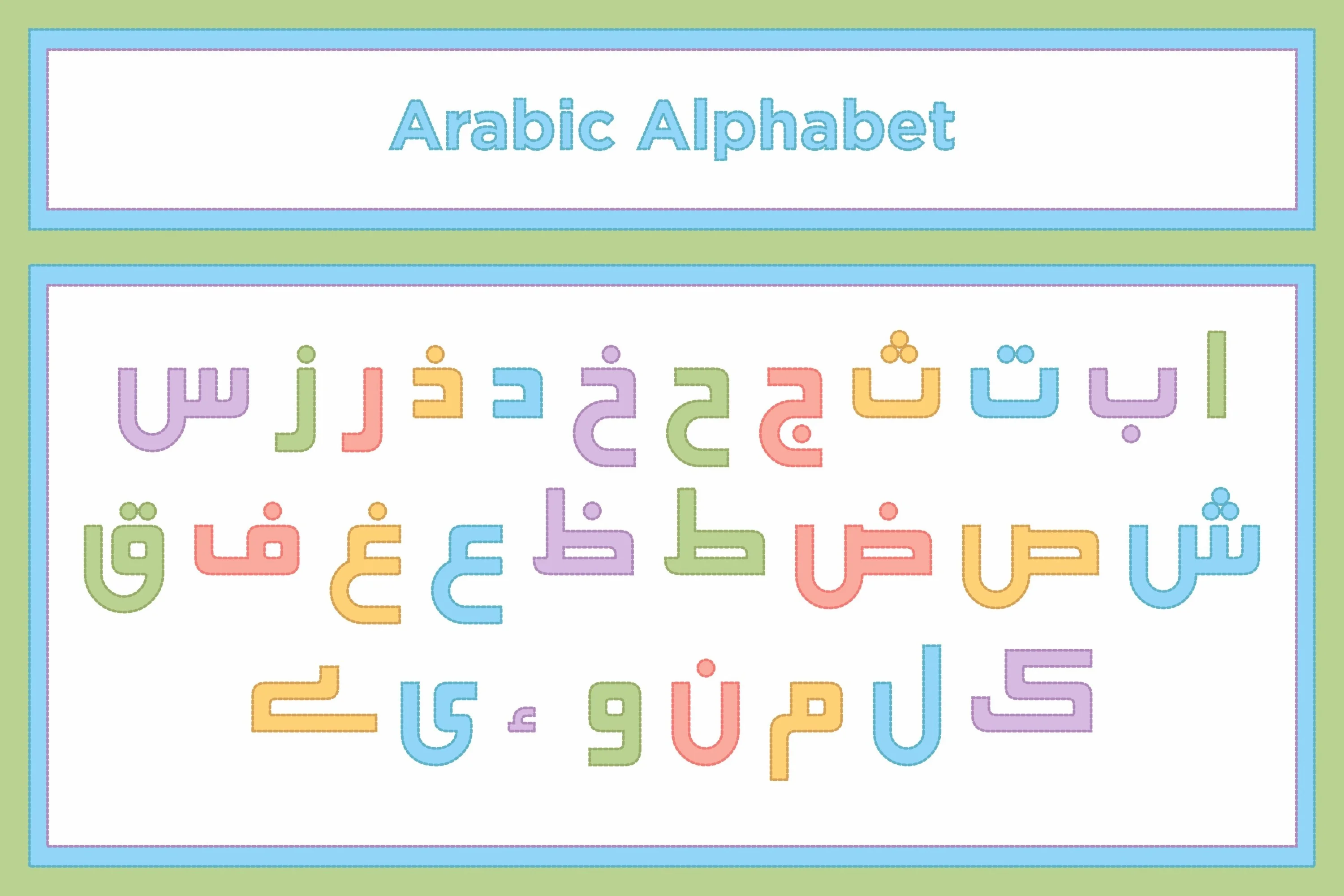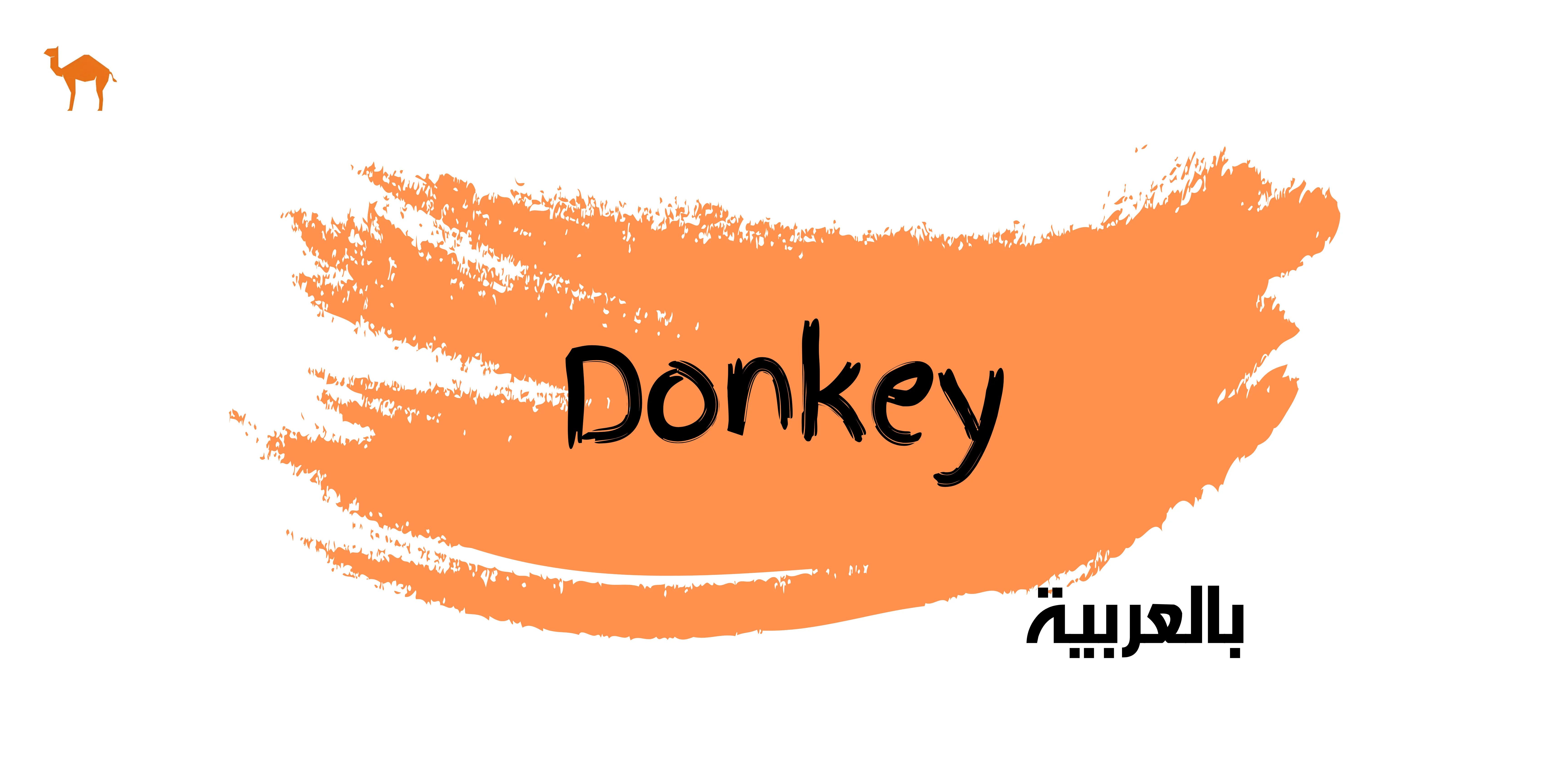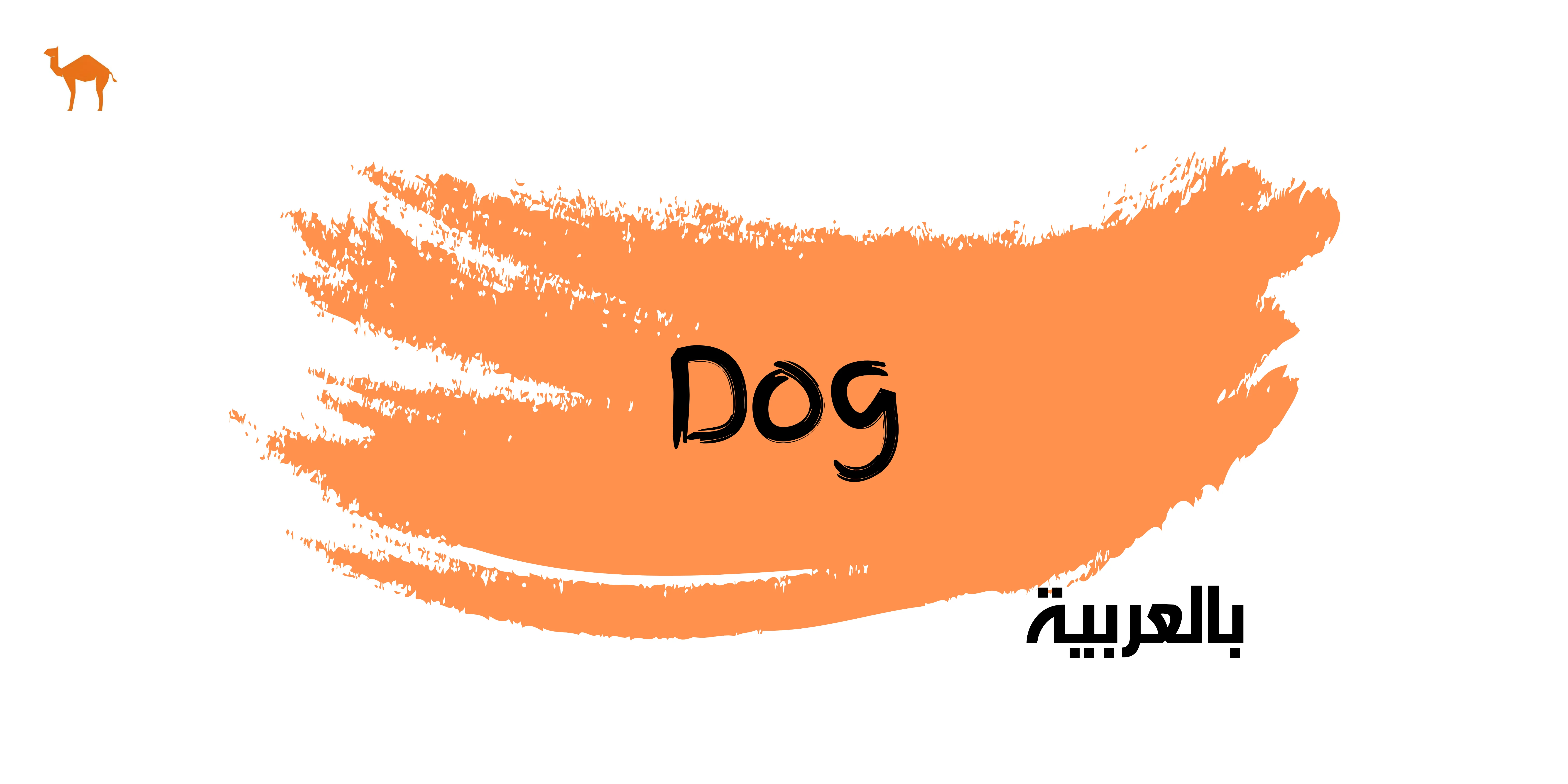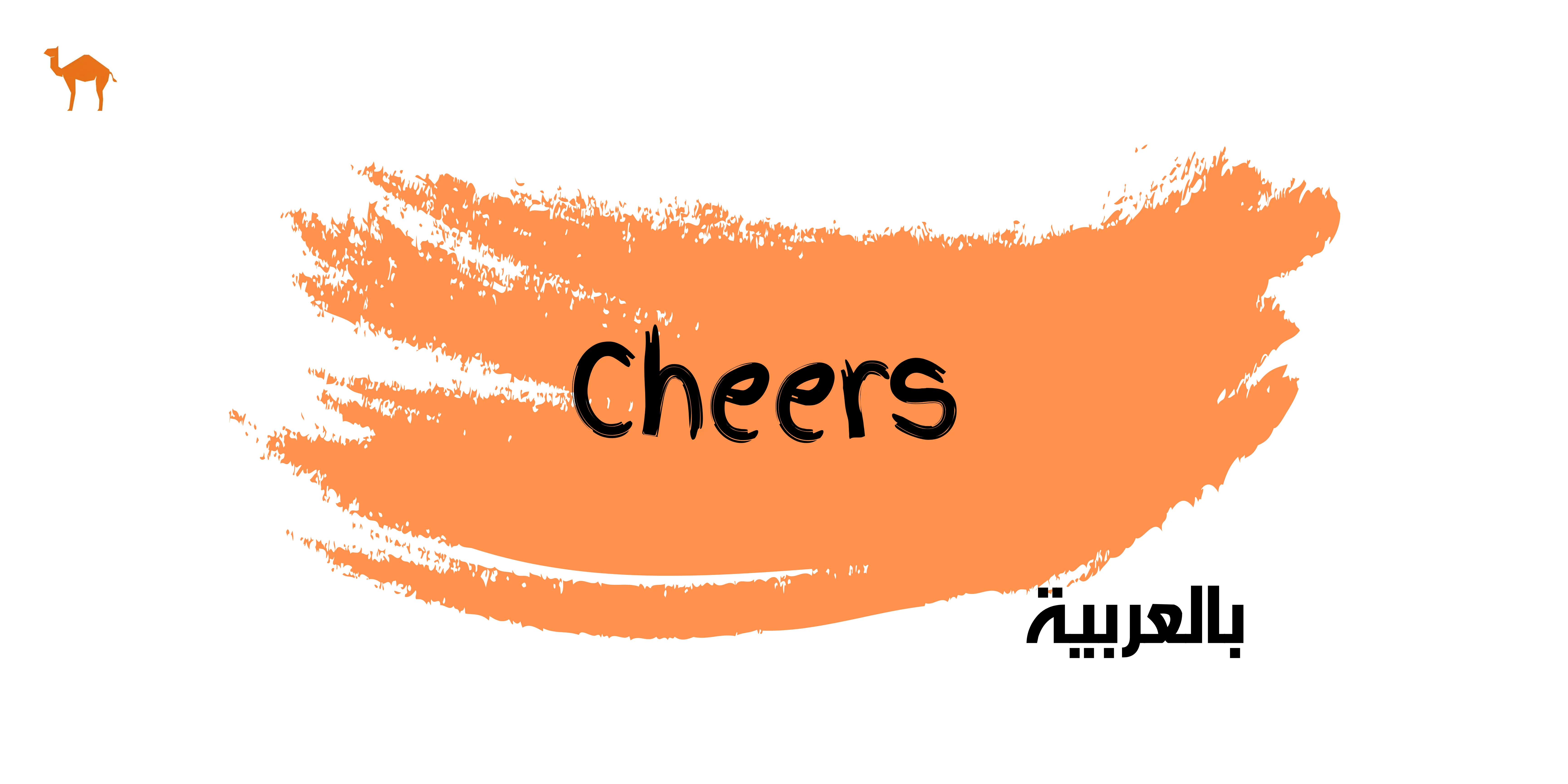The Arabic Alphabet in English

The Arabic alphabet is written from right to left and consists of 28 letters. In this article, we will highlight the structure of the Arabic alphabet and its unique characteristics.
The Arabic Alphabet in English
Studying the Arabic alphabet in English allows for a more accessible introduction to Arabic pronunciation. Although there are some similar sounds of the Arabic alphabet in English, a lot of unique sounds in the Arabic alphabet that don't have any equivalent in other languages. Indeed, the Arabic language might be complex for foreign learners. However, with practice and dedication, you will master it. The following table is Arabic alphabet in English, made to make your learning journey easier.
Arabic Letterforms
Each letter of the Arabic alphabet has four distinct shapes based on position within a word, presents a challenge when representing Arabic alphabet in English, as the English alphabet does not have an equivalent system of contextual forms. This characteristic is unique to the Arabic script and is related to the way the language is written and its aesthetic features. The complexity of the four forms adds to the richness of the Arabic script and has deep historical and cultural significance. Understanding these forms is essential for anyone learning to read or write Arabic, as they are integral to both the visual appearance and the function of the written language. Here's five reasons why Arabic alphabet have these four forms:
- Cursive Script.
Arabic is written in a cursive style where letters within a word are usually connected to one another. This necessitates different forms to enable smooth connections between letters. - Writing Direction.
Arabic is written from right to left, so the connectivity of letters needs to adapt to this direction. The four forms help in achieving a consistent and fluid flow in writing. - Aesthetic Considerations.
The different forms of each letter contribute to the visual beauty and artistic nature of Arabic calligraphy. The intricate connections and variations in form are essential to the visual appeal of written Arabic. - Linguistic Efficiency.
The four forms facilitate the reading and writing process by creating clear demarcations between words and maintaining legibility. It helps readers identify the beginning, middle, and end of words. - Lack of Vowel Consistency.
Since short vowels are often not written in Arabic, the consonants and their forms carry much of the phonetic information, aiding in comprehension even when vowels are omitted.
Arabic Vowels
An Arabic sentence can have a completely different meaning by a subtle change of the vowels. There are just six vowels in Arabic. Let's learn them!
Short Vowels
When a Letter is followed by a short vowel which is also called 'Haraka' (حَرَكَة) in Arabic, which means a “movement”. The short vowels are Fatha, Dhamma, and Kasra.
- Fatha - "-َ" فتحةِ
We put the Fatha on the top of the letter. It is a short vowel sound for “a”, as in “بَ” pronounced (ba). - Dhamma -"-ُ" ضمة
We put the Dhamma on the top of the consonant letter. It is a short vowel sound for “u”. It is represented like a wāw (و) in Arabic letters, as in “بُ” pronounced (bu) or (bo). - Kasra - "-ِ" كسرة
We put Kasra under the consonant letter. It is a short vowel sound for “i”, as in “بِ” pronounced (bi). - Sukun - "-ْ" سكون
We put the Sukun on the top of the consonant letter. It is represented like a circle “ ْ ”. When the consonant is not followed by any vowel, it is called a “still letter” حَرْفٌ سَاْكِن, as in “بْ” pronounced (b). The symbol of “stillness” is called Sukūn.ّ - Shadda - "-ّ" شَدة
We put the Shadda on the top of the consonant letter. The consonant is written only once, but it is pronounced twice. The Shadda is represented by a small “w” shape. As in “بْ” pronounced (bb).
Long Vowels
Long vowels lengthen the sounds of short vowels. They produce sounds of double a (aa), double i (ii), and double-u, o (uu) (oo). The three long vowel sounds in Arabic are represented by the following three letters:
- Alif (أ)
- Waaw (و)
- Yaa (ي)
Sounds of long vowels seem similar to short vowels, but they are stretched longer than short vowels. We know the short vowels Fatha (ـَ), Kasra (ـِ), and Dhamma (ـُ). Long vowels came in combination with short vowels. Long vowels have no harakat. As follows:
- ALIF AL-MADD (ألف المد)
Alif al-madd is the long vowel lengthening the sound of the Fatha from ‘a’ into ‘aa’. The long vowel ا always comes in combination with the short vowel Fatha _َ. That means the letter before the long vowel ا must have the short vowel Fatha _َ on it. For example مَا – “ What ”. - WAAW AL-MADD (واو المد)
Waaw al-madd is the long vowel lengthening the sound of the Dhamma from ‘u’ into ‘uu’. The long vowel و always comes in combination with the short vowel Dhamma ـُ. That means the letter before the long vowel و must have the short vowel Dhamma ـُ on it. For example: تُوت “ blueberry ” - YAA’ AL-MADD (ياء المد)
YAA’ AL-MADD is the long vowel lengthening the sound of the kasra from ‘i’ into ‘ii’. The long vowel ي always comes in combination with the short vowel kasra ـِ , which means the letter before the long vowel ي must contain the short vowel Kasra ـِ below it. For example أبِي “ my dad”.
Explore the richness of the Arabic language and Egyptian dialect with our online courses tailored for learners worldwide, whether you're a beginner or an advanced student, our comprehensive curriculum and expert instruction provide an immersive learning experience accessible from anywhere. Dive into the program in Arabic, designed to deepen your understanding and proficiency in this vital language. Book a free Arabic lesson!


